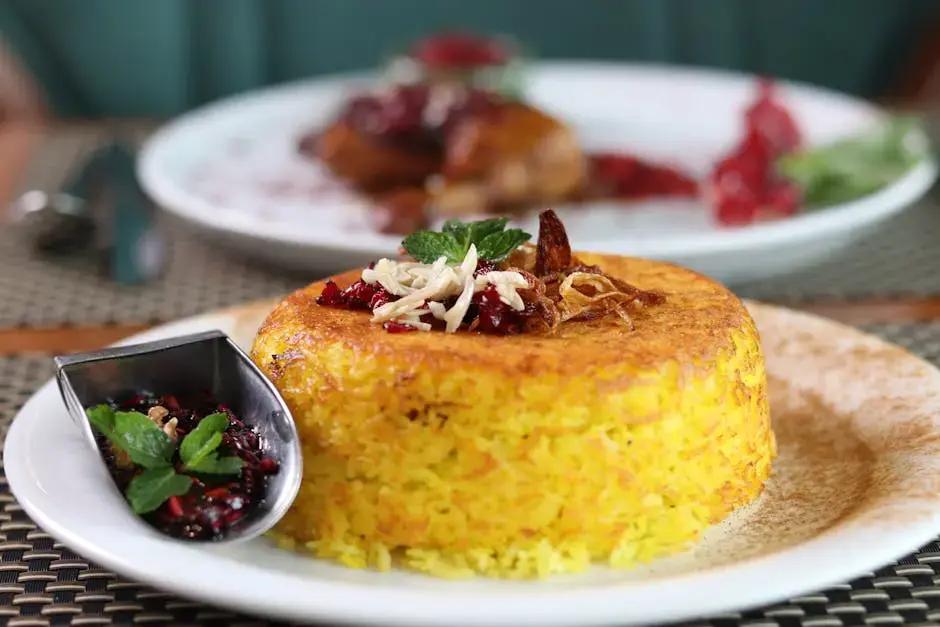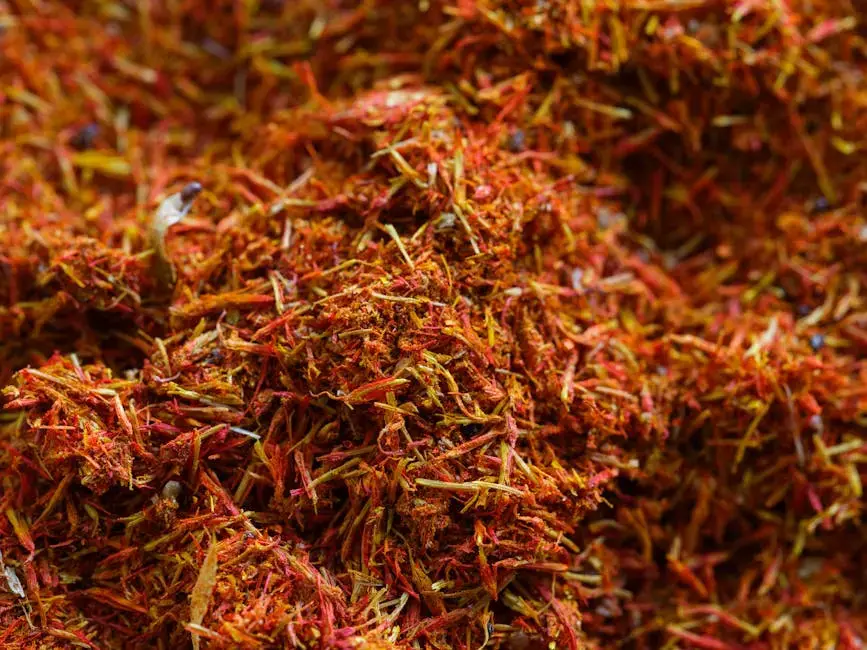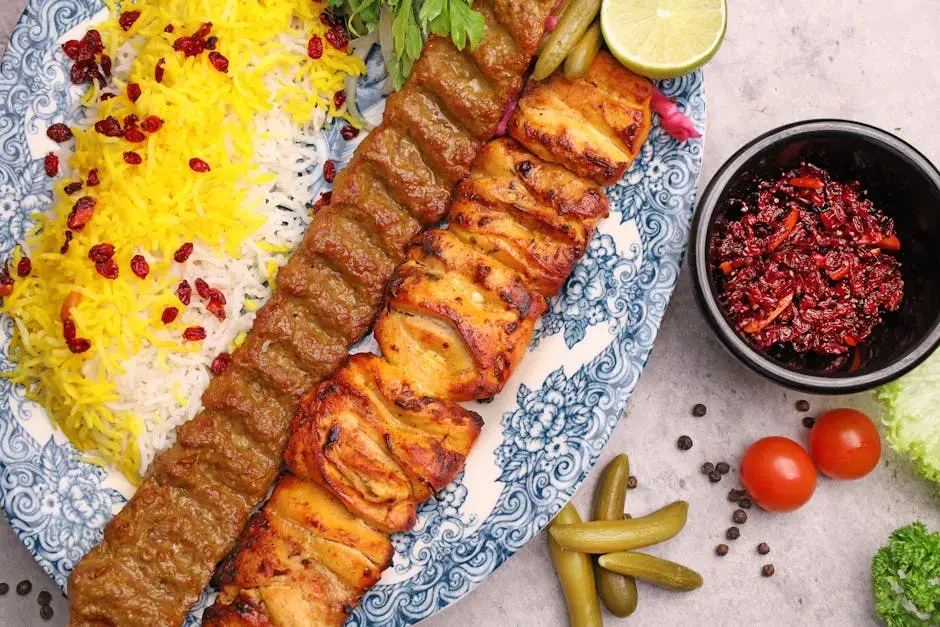9 Secrets to Making Perfect Kubideh at Home
- Chelo
- Mar 7
- 6 min read
Kubideh, a beloved dish in Persian cuisine, is known for its succulent flavor and aromatic spices. If you've ever wondered how to recreate this mouthwatering treat in your own kitchen, you're in the right place. Let's unlock the secrets to making perfect kubideh at home.

1. Choosing the Right Meat
Selecting the right type of meat is essential. Opt for high-fat ground lamb or beef to ensure a juicy and flavorful kubideh. The high-fat content is what gives kubideh its characteristic moistness and rich taste. Some experts recommend mixing equal parts of lamb and beef to get the best of both flavors and textures. Make sure that the quality of the meat is top-notch; sourcing meat from a trusted butcher can make a significant difference. The blend of meats not only adds complexity but also enhances the overall mouthfeel of the kebab. Remember, the quality of the meat forms the foundation upon which all other flavors and techniques build, so choose wisely.
When it comes to making the perfect kubideh, every detail counts, and that starts with the cut of the meat. Ground meat from the shoulder or thigh is ideal because it's naturally tender and enriched with just enough fat to achieve that melt-in-your-mouth sensation. Avoid pre-packaged minced meat as it can often be too lean, affecting the succulence of your kubideh. Instead, ask your butcher to freshly mince the meat for you, ensuring it's just the right texture and consistency. The fresh grind will also better absorb the spices and seasoning, leading to a more flavorful result. A less commonly known trick is to freeze the meat for a short period before mincing, which can help achieve a finer texture.
2. The Secret of Properly Mincing
Finely minced meat is crucial for the texture of kubideh. Hand mincing may take more time but results in a better consistency. The finer the mince, the better the texture of your kebab. If you're using an electric mincer, consider running the meat through twice to reach that perfect consistency. The process ensures the meat mixtures bind well without falling apart during cooking. Traditional methods might involve a sharp knife or cleaver, which allows for more control over the size of the minced pieces, ensuring they are uniform and easy to mold around skewers.
While it might be tempting to use a food processor for speed, be cautious. Over-processed meat can become pasty, leading to tough, dense kebabs. To avoid this, pulse the processor in short bursts, keeping a close eye on the texture. The goal is a fine, yet coarse texture that holds together well. If you've got a meat grinder at home, it's the ideal tool for the job. Aim to use a medium-sized grinding plate for that traditional hand-minced feel. As a pro-tip, add ice-cold water or milk while mincing. This keeps the meat cool and aids in binding the proteins, resulting in a smoother, more cohesive kebab.
3. Balance the Spices
Strike the perfect balance of spices to enhance, not overpower, the natural taste of the meat. Traditional spices include turmeric, sumac, and saffron. The key is not to overwhelm the delicate flavors of the beef and lamb, but to highlight them. Turmeric brings a warm, earthy note, while sumac adds a tangy, lemony kick that complements the richness of the meat. Saffron, though often used sparingly due to its price, impart a luxurious touch and deep color to the dish.
Don't shy away from experimenting with other spices that complement Persian cuisine, such as cumin and black pepper. These not only add depth but also an aromatic quality that enhances the overall sensory experience. Some chefs recommend briefly toasting whole spices before grinding them to intensify their flavor profiles. Remember, a little goes a long way, and the secret lies in the harmony of these spices with each bite revealing a new layer of taste. Consider also incorporating fresh herbs such as cilantro or mint, for when you're garnishing—their bright, fresh flavors can counterpoint the bold spices beautifully.
4. Perfecting the Onion Game
Grated onions add moisture and flavor, but be sure to squeeze out excess juice to prevent a watery mixture. Onions are known not just for their role in adding flavor, but also for their capacity to tenderize meat naturally due to the enzymes they contain. To prepare, start boiling the onions and then grating them finely—it’s best to use a cheesecloth or a sieve to extract the optimum amount of juice without losing the oniony goodness.
Incorporate the onion juice slowly as you mix the ground meat with the other ingredients. This helps you gauge the consistency, ensuring the mix isn't too wet. An onion that’s too juicy can break the meat during cooking, so this step is vital in maintaining the integrity of the kebab. For those looking for an added depth of flavor, you might also experiment with shallots or a hint of garlic in the mix, just be sure to finely mince these additions to avoid clumping.
5. Master the Mixing Technique
Mixing the ingredients well is key to a cohesive kebab. Knead the mixture until it becomes sticky, indicating the proteins are binding. This is the step that ensures your kubideh holds together when grilled. During this process, it's important to keep everything cold—a chilled bowl, for example, can help maintain the temperature of the mixture, ensuring the fats don’t start melting prematurely.
A smart tip is to use wet hands while mixing. This not only keeps the mixture from sticking to your hands but also helps keep the mix moist. You’re aiming for the kebab mixture to not be crumbly or too dense; it should feel pliable and easy to shape. As you mix, take time to periodically test the texture by forming a small ball and checking its integrity under pressure. If it’s not holding, try adding a teaspoon or two of breadcrumbs to help.
6. Shape for Even Cooking
Shape your kubideh uniformly around skewers for even cooking. Keep them thin to ensure a perfect cook-through. A huge part of kubideh's charm is the way it's shaped and skewered. Carefully mold the meat mixture around skewers, an act that may seem simple but takes practice to perfect. The meat should adhere to the skewer with no risk of it slipping off or breaking apart during grilling.
For an even cook, try to maintain uniform thickness throughout. Ideally, each skewer should have no more than a half-inch thickness of meat, ensuring efficient heat penetration. If you’re working with wooden skewers, pre-soak them in water for at least 30 minutes to prevent burning, or invest in metal skewers that distribute heat evenly. This way, the meat will cook uniformly from the center to the edges.
7. Control the Grill
Maintain a medium heat on your grill. Too hot, and you risk charring the outside while leaving the inside undercooked. Grilling kubideh is all about patience and a keen eye for detail. Start by pre-heating your grill to medium and ensuring the grates are clean and lightly oiled to prevent sticking. Space the skewers evenly and rotate them every few minutes to achieve that coveted char across the surface.
If you're grilling on charcoal, ensure the coals are layered evenly, glowing with a faint grey ash before placing the skewers over them. Consistent heat is the goal, so avoid opening the grill cover frequently, which may result in temperature fluctuations. A little patience and a close watch will have a beautifully caramelized exterior with a juicy interior—ideal conditions for kubideh. Keep a close eye and remove them from the grill when they are just slightly firm to the touch, allowing for carryover cooking.
8. Final Touches with Herbs
Garnish with fresh herbs like parsley or cilantro for an added layer of flavor that complements the spices. Fresh herbs not only elevate the dish aesthetically but add a burst of freshness that balances the rich flavors of the meat. Consider finely chopping these herbs and sprinkling them liberally over the kebabs just before serving for an aromatic boost and a pop of color.
You can also serve a side of these herbs for those who wish to add more according to their taste. For an extra taste sensation, a squeeze of fresh lemon juice can provide a zesty contrast to the rich flavors. To complete the meal, serve alongside saffron rice or a salad for a refreshing accompaniment.
9. Presentation and Serving Tips
Serve kubideh with warm flatbreads, grilled tomatoes, and a side of yogurt sauce for a complete Persian feast. The presentation of kubideh is as much a part of the experience as the preparation itself. Pile the skewers high on a platter with slices of vibrant tomatoes and colorful pickled vegetables. Add a squeeze of lemon for a fresh aroma and a touch of acidity.
For a traditional touch, serve with a side of tangy mast o khiar, a yogurt and cucumber salad that complements the spices beautifully. To impress guests, scatter pomegranate seeds or nuts over the platter, adding texture and a bit of luxury. Conclude with warm, aromatic rice and a table adorned with fresh herbs, inviting diners to create their perfect flavor combinations.




Comments